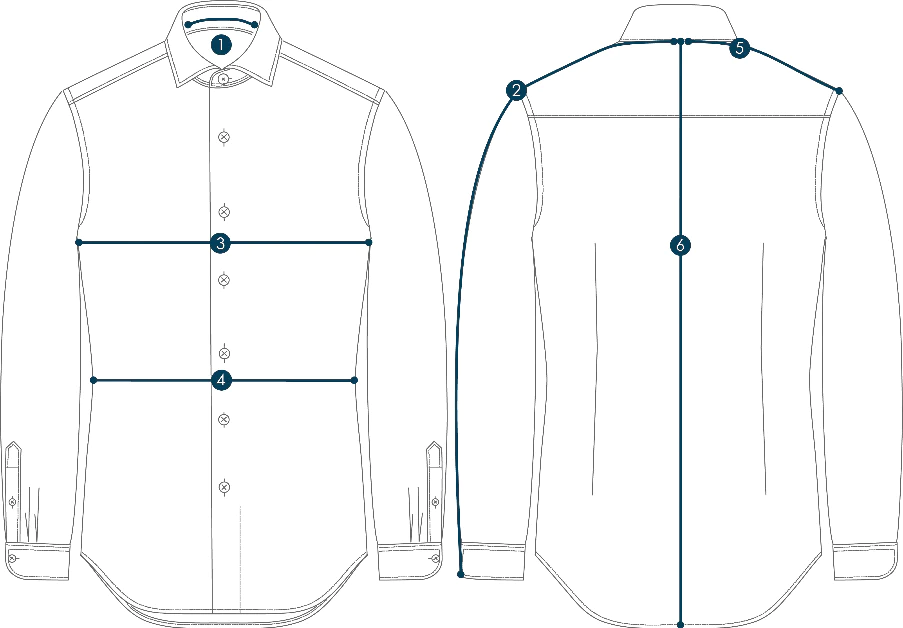
How to Measure Your Dress Shirt : A Quick and Easy Guide
Do you know that even a high-end shirt may look like a third-class piece of garment if it's ill-fitted or not of your size? It's true! That's why stylists pay that much emphasis on getting the right size. However, sadly, most men don't know much about the technique of measuring a shirt correctly, to get the right size, which, in turn, leads them to spend their hard-earned money on something billowing.
So today, we are going to pen down everything you need to know about shirt sizing and measurements so you will never have to waste your time, energy, or money wondering about the right size. Keep reading so you will always get your hands on a shirt that hugs you perfectly from all sides while providing excellent room for movement. Let's begin!
But first, let's earn the difference between numeric and alpha sizing
When out in the market to buy a shirt, you must have seen two types of sizing labels. One which says small, medium, or large, and the other which says 16 35/36. The first type is known as alpha sizing and is more common in casual shirts since such shirts are usually loose or less fitted.
On the other hand, Men’s Formal Shirts come with numeric sizing since such shirts tend to provide a bespoke fitting, with the least need for alterations. Luckily, deciphering a numeric sizing tag is not rocket science since all you need to do is understand what each numeral refers to. For example, the very first numeric value refers to the neck size or collar size.
On the other hand, the second numerical value indicates the sleeve length. So if the tag says 16 35/36, it means the shirt has a 16" collar with sleeves of around 35" or 36" long.
How to measure shirt size?
After understanding the difference between two major off-the-rack shirt sizing options, the next step is to learn how to take your body measurements to get the right shirt size. The process might seem quite easy since one only needs to get a measuring tape and measure four major parts.
- Sleeves
- Waist
- Chest
- Neck size.
However, experts say that it takes much more than this to get a quality button-up. First of all, you need to get a flexible and soft measuring tape that can fold and bend easily while wrapping around your body. You can also use a string for this purpose and then measure the string on a flat measuring foot. After getting your measuring tool, start measuring the shirt from the neck.
- Measuring collar size
To get the most accurate neck measurements, you need to wrap the measuring tape or string around the base of your throat. Once done, slide your two fingers in between your neck & tape and note the sizing down. This, in turn, will enable you to get a perfect-sized collar that lets you breathe comfortably when buttoned.
- Measuring sleeve length
The next thing you need to measure after the neck is the sleeves. Start by measuring the gap between the base of your neck and the edge of the shoulder. Once done, measure sleeves by placing one end of the tape at the edge of your shoulder and the other end of the tape on your wrist. Don't forget to add a few inches to the final measurements by bending your elbow.
Repeat the same procedure for your other arm as well since most people tend to have different sizes for different arms.
- Measuring chest
After neck and sleeves, it's time to size your chest. For this purpose, wrap the measuring tape around your chest's most raised area; right below your armpits. Breathe in and note the sizing to get a non-constricting fit.
- Measuring waistline
Lastly, to get the measurements of your waist, wrap the tape around your natural waistline; the narrowest part of your waist. It's the area where most people tend to button their pants. However, if you are not sure where exactly your waistline is, measure around the area on your torso which is right below your belly button.
Breathe in slightly and try to stand in your natural posture. Once done, slide one or two fingers between the tape and your torso and note the sizing.
Besides measuring your body parts to find the accurate shirt size, you may opt for the other method in which your size is measured by taking measurements straight from a well-fitted shirt. In this case, you need to get that shirt ironed and lay it down on a flat surface. Then start by measuring the collar size by running the tape from one end of the collar to the other (from buttonhole to collar button).
For sleeves, run the tape from the edge of the shoulder to the point where the cuff ends. Then, button up the shirt and measure chest size by running the measuring tape from one armpit to the other armpit and double the number to get chest size. Similarly, measure the waistline while keeping the shirt buttoned.
FAQ’s
Q1: Why is measuring your size important?
Answer: Measuring your size is crucial for ensuring comfortable, well-fitting clothes, confident shopping, and cost-effective choices. It enhances your personal style, accommodates body changes, and boosts self-confidence.
Q2: How should you approach sizing when shopping for clothes?
Answer: When shopping, it's recommended to take your measurements along. Most stores provide sizing charts. By comparing your measurements to the chart, you can determine your size and purchase a shirt accordingly. Remember that sizing charts can vary between companies, so you might be a "medium" in one store and a "large" in another.

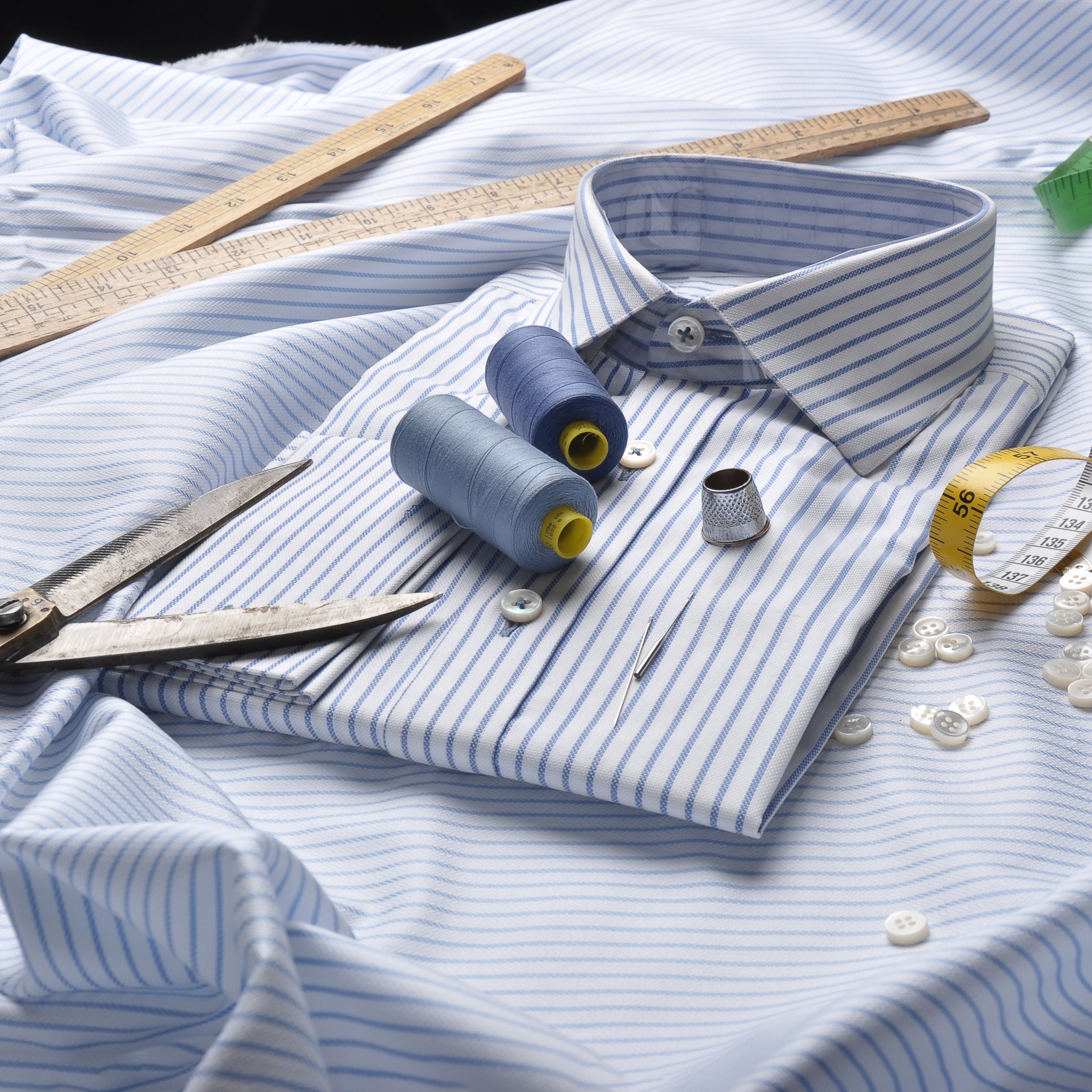
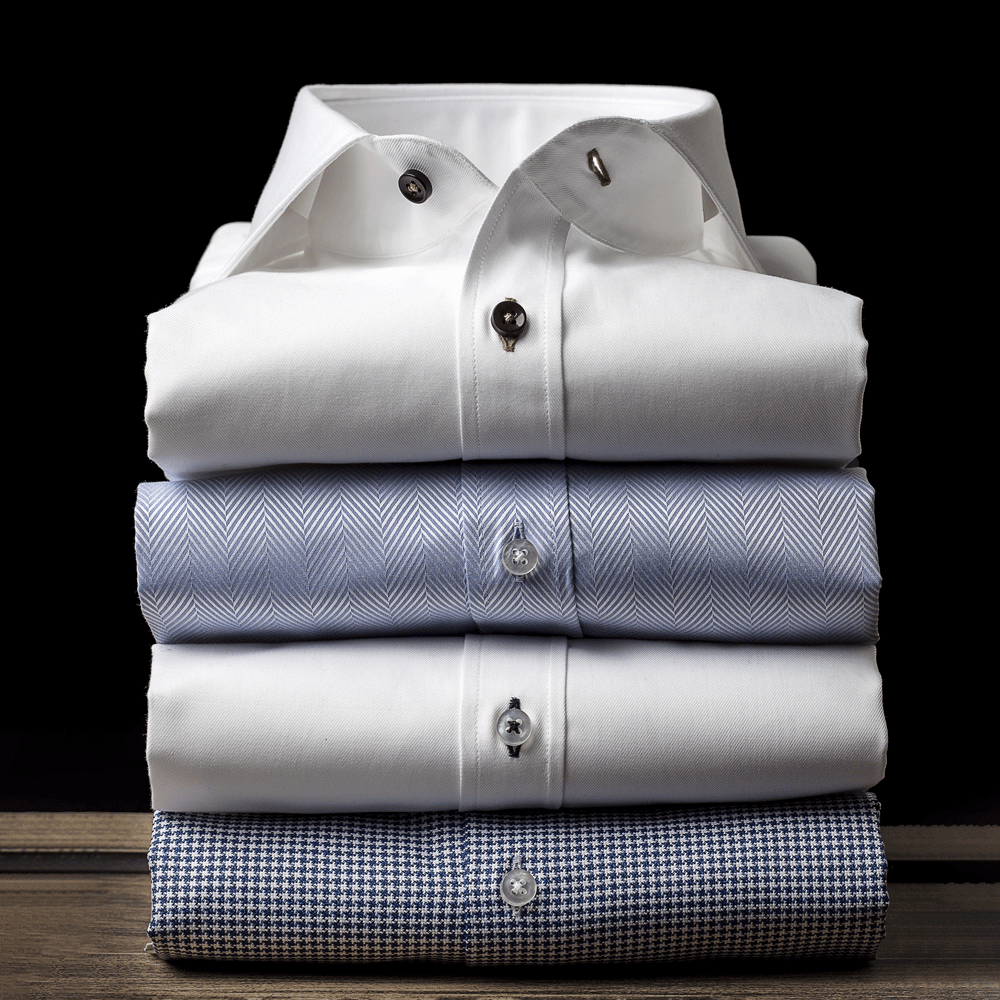



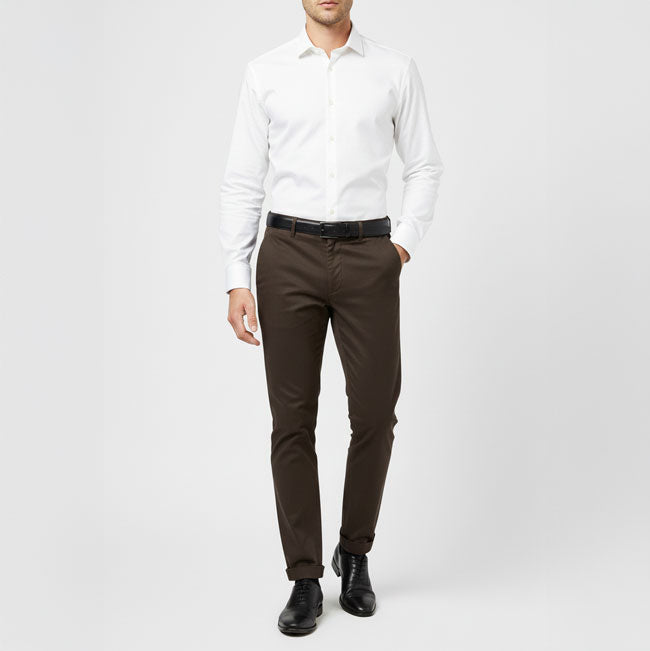
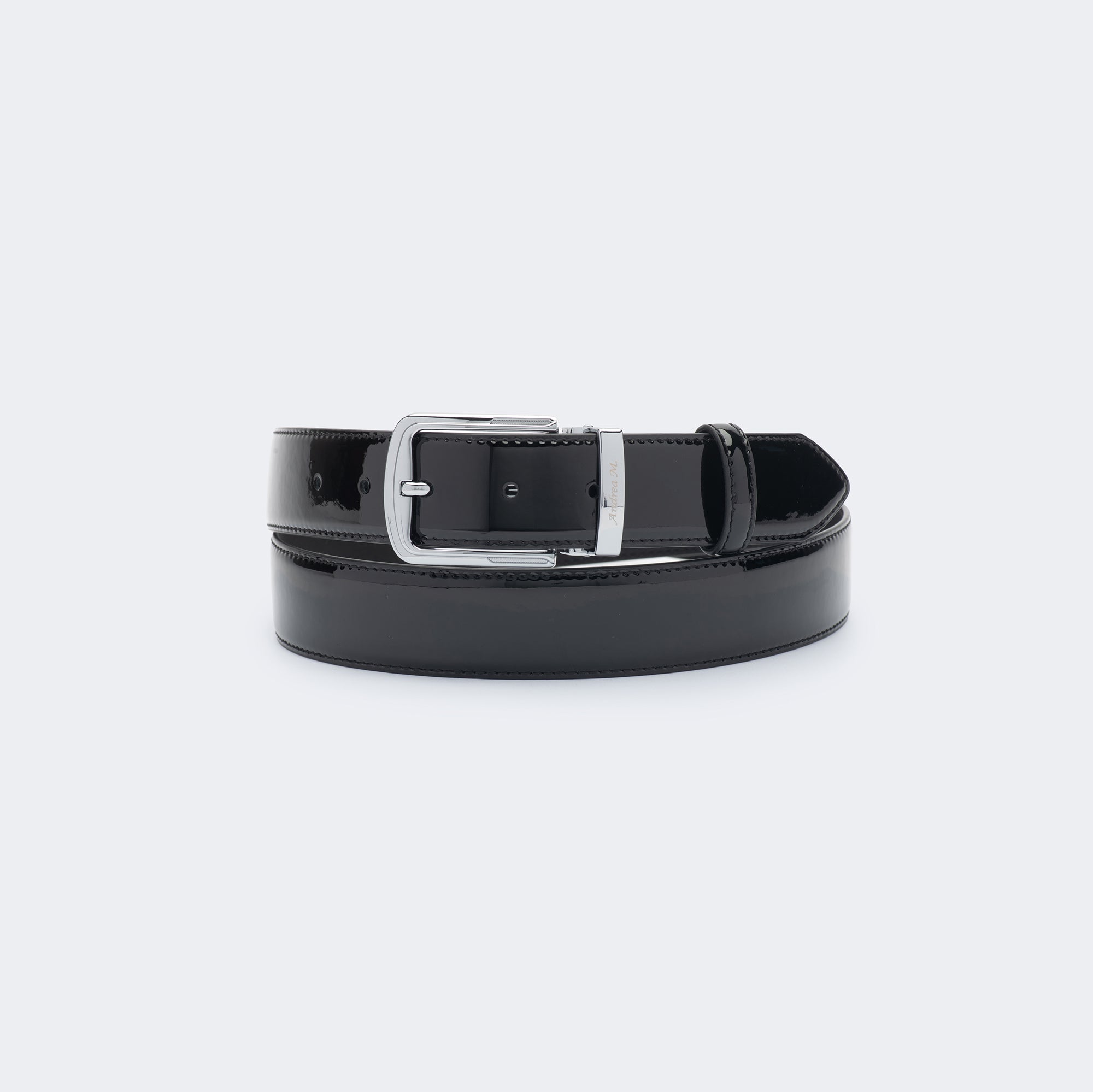
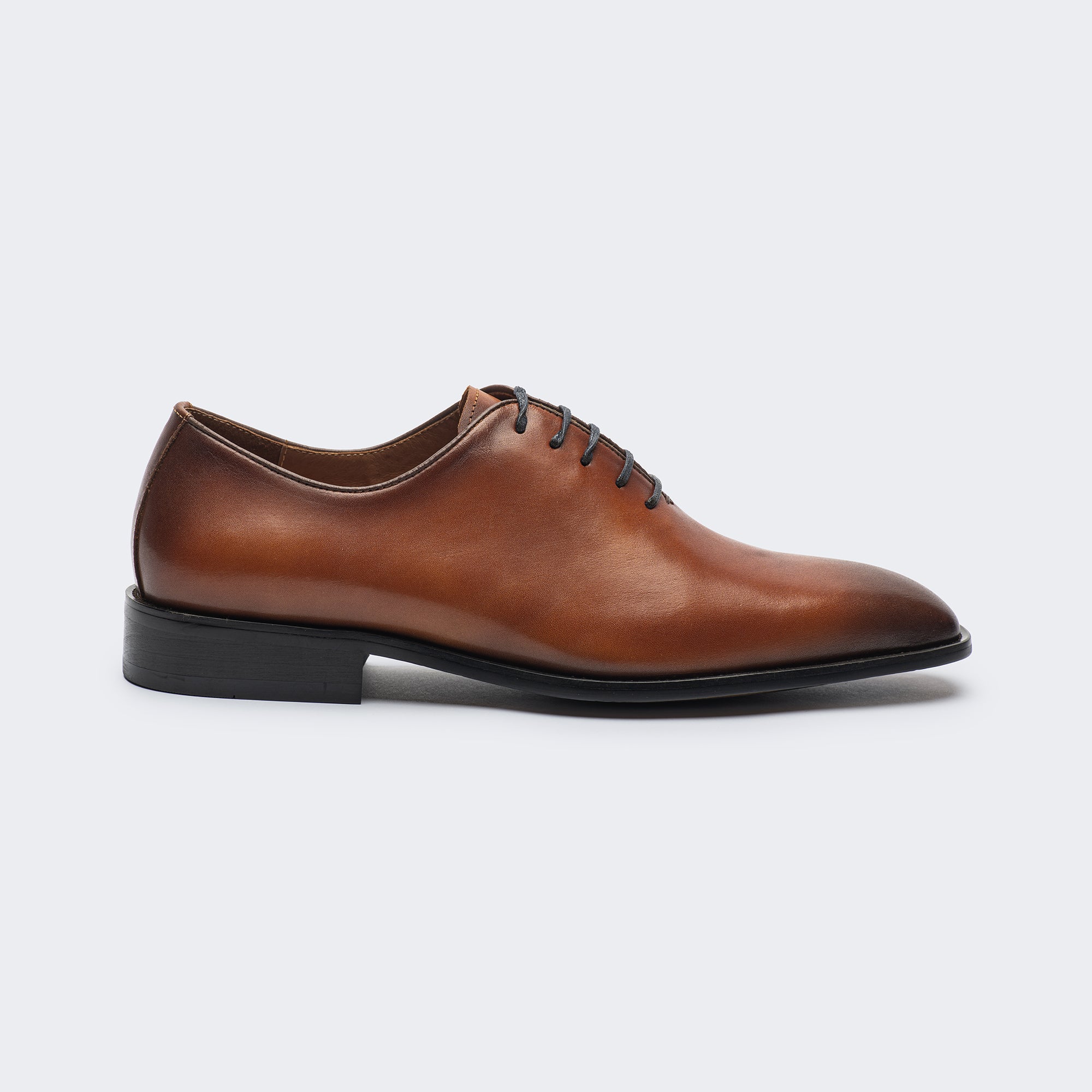
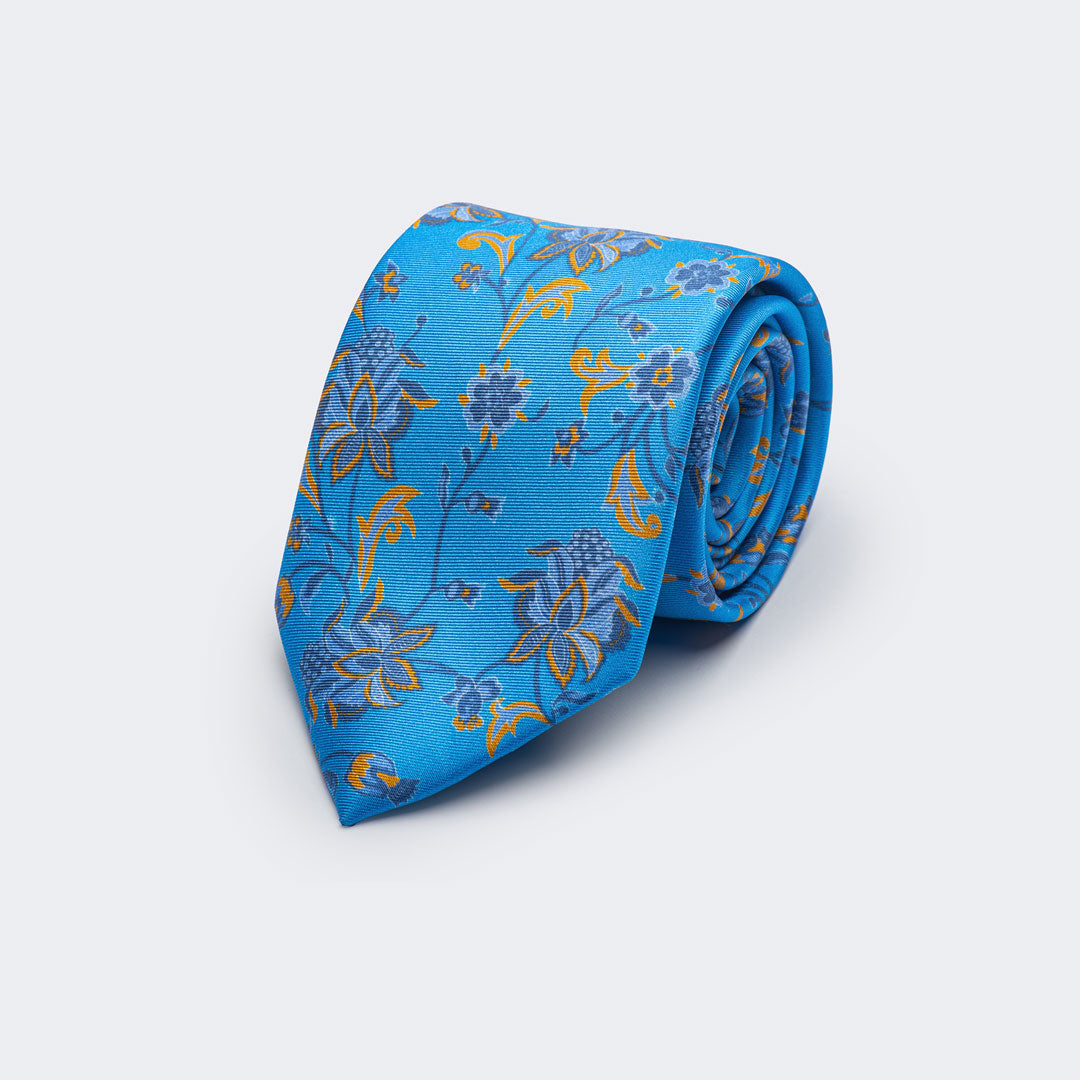

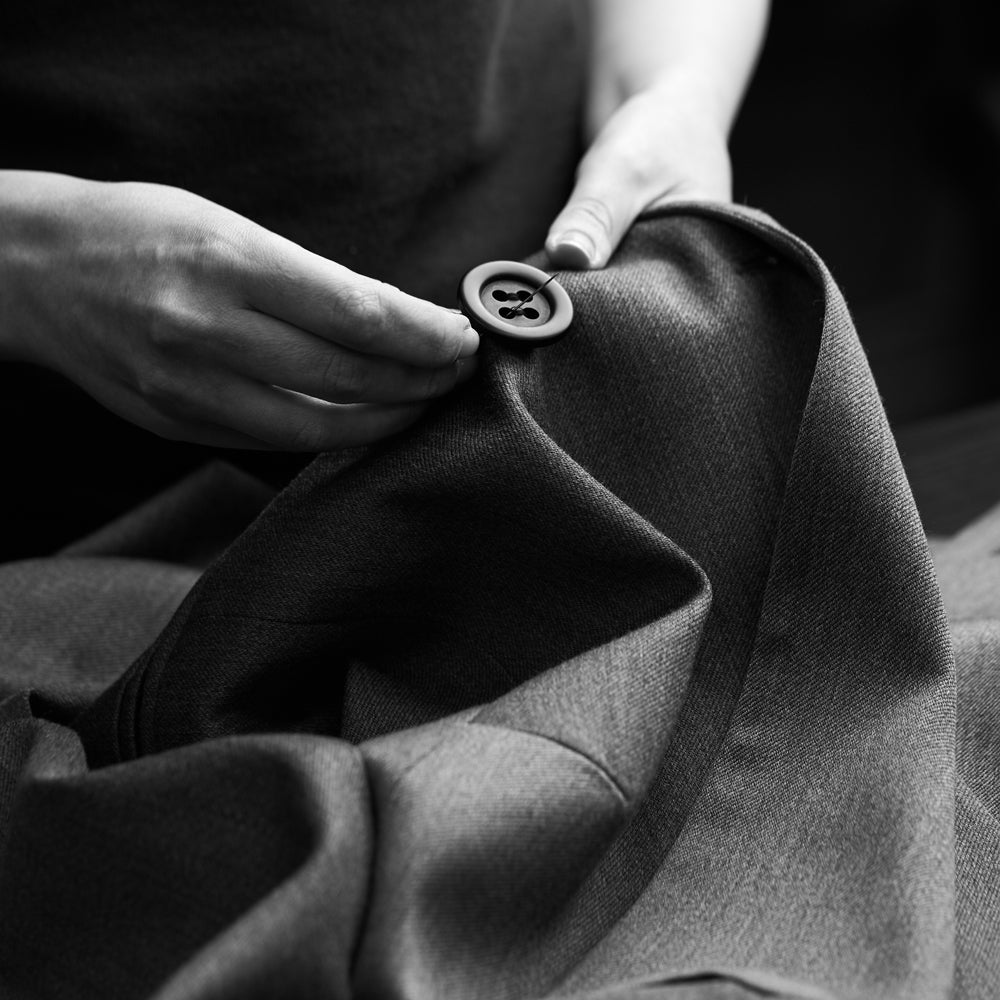
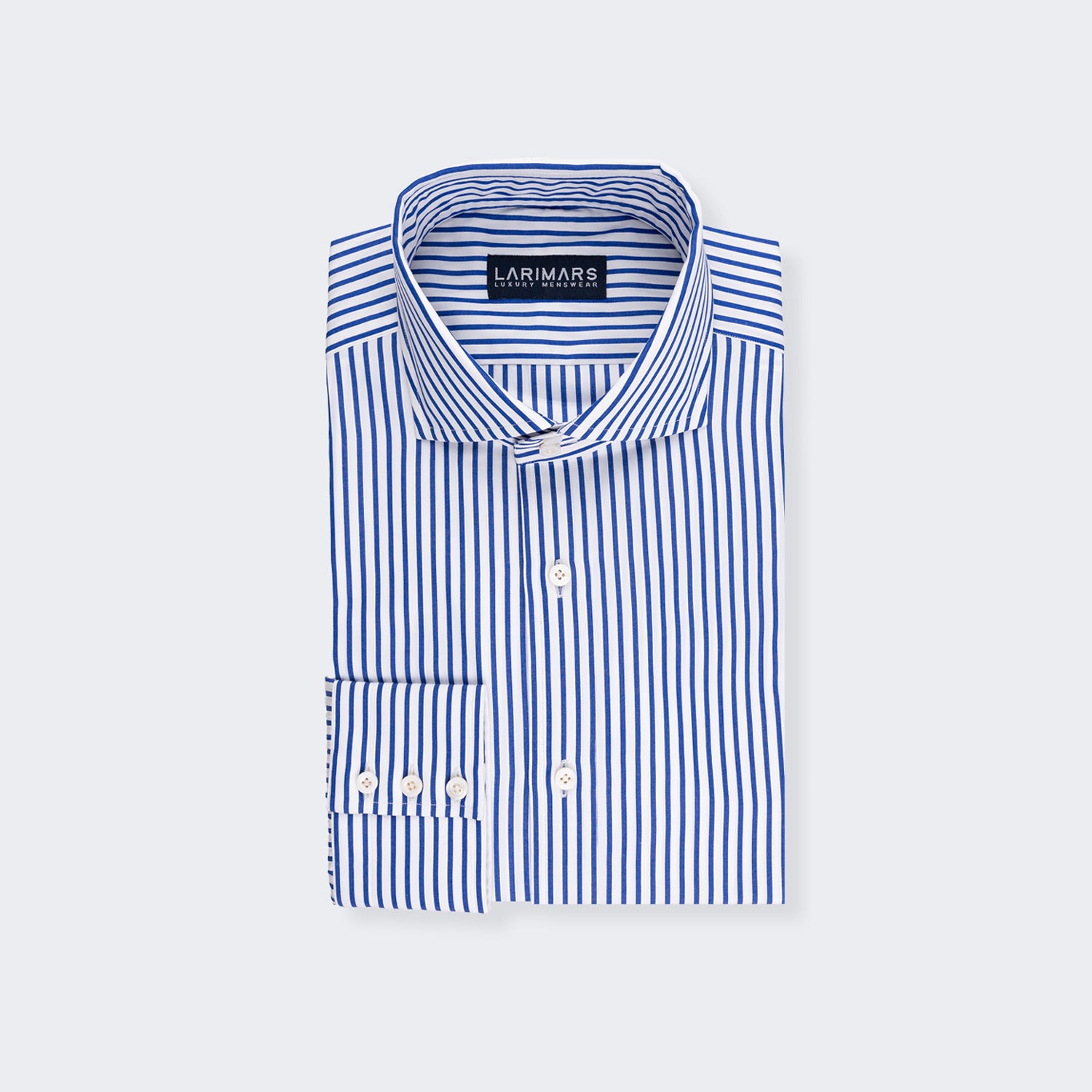
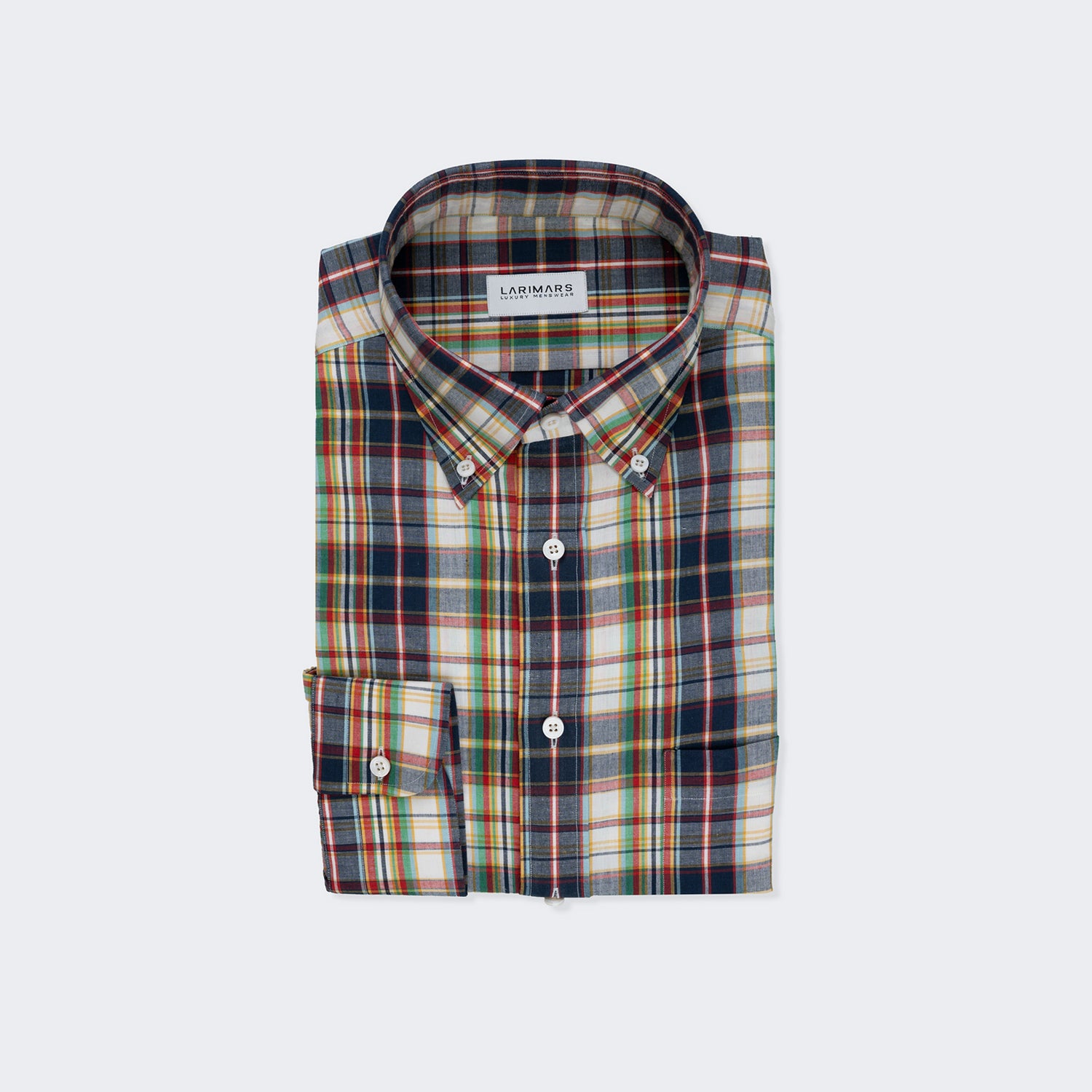
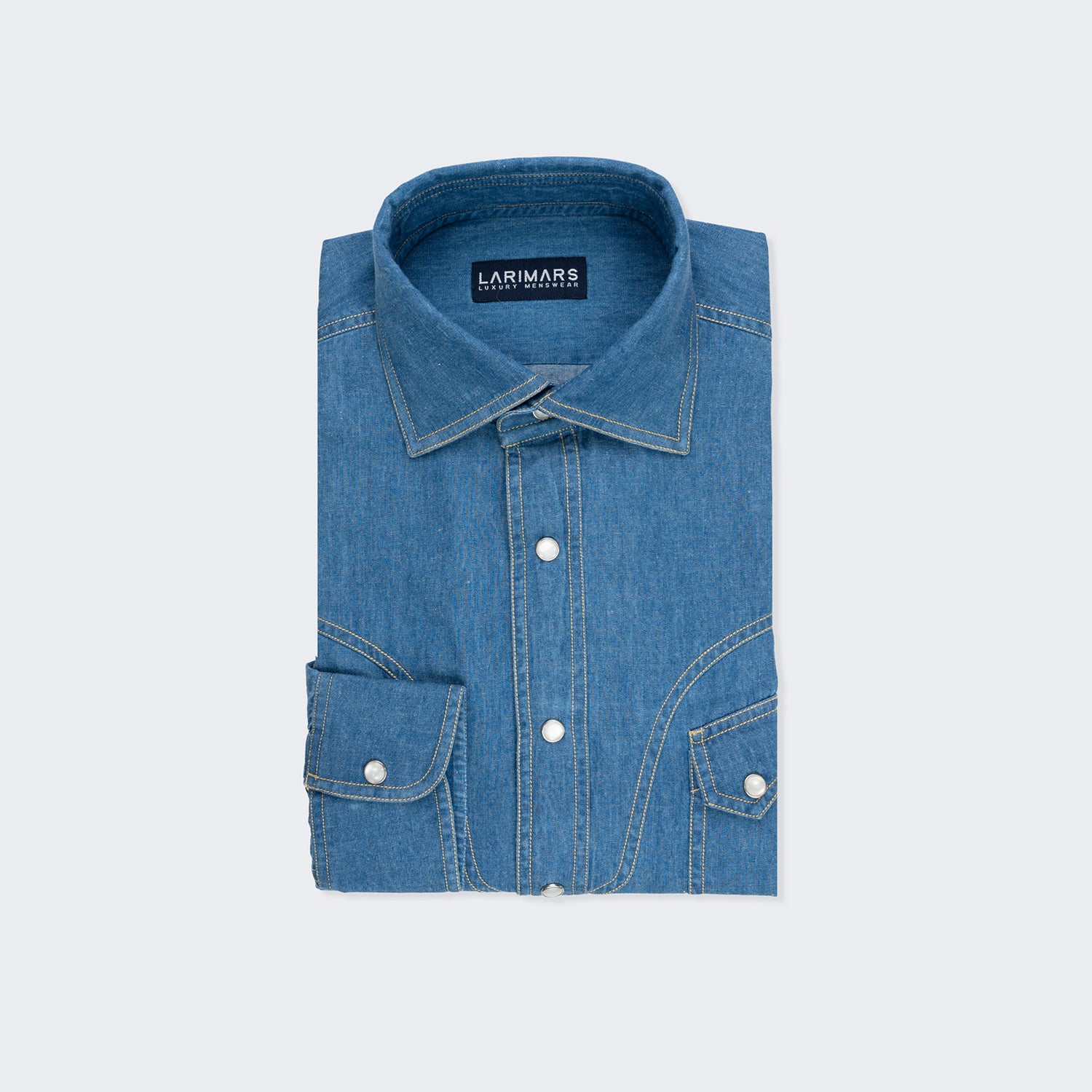
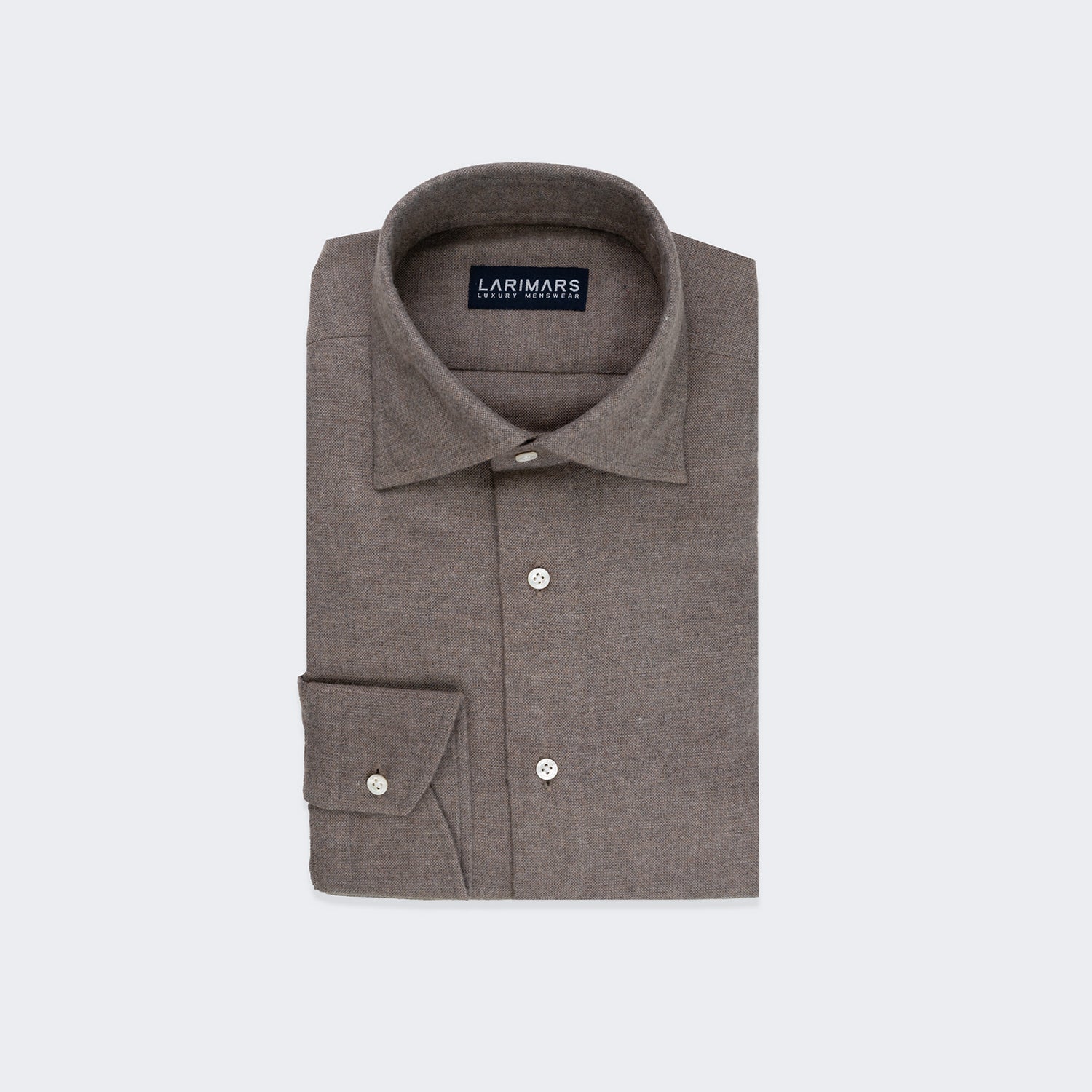



Leave a comment
This site is protected by hCaptcha and the hCaptcha Privacy Policy and Terms of Service apply.